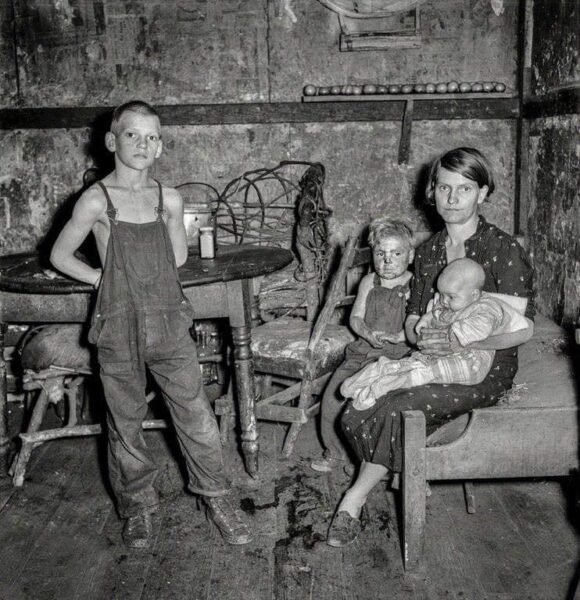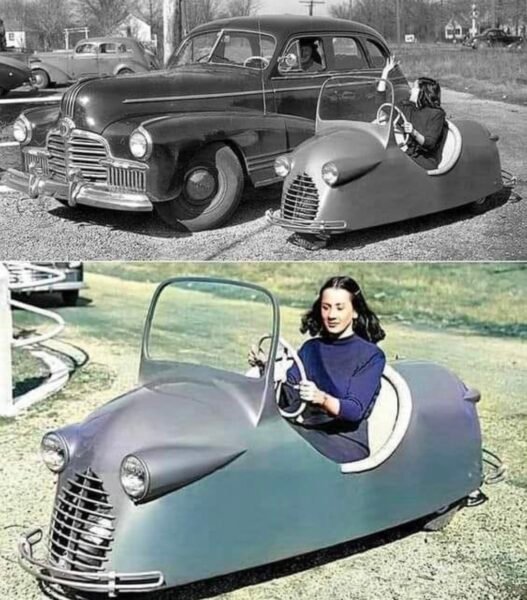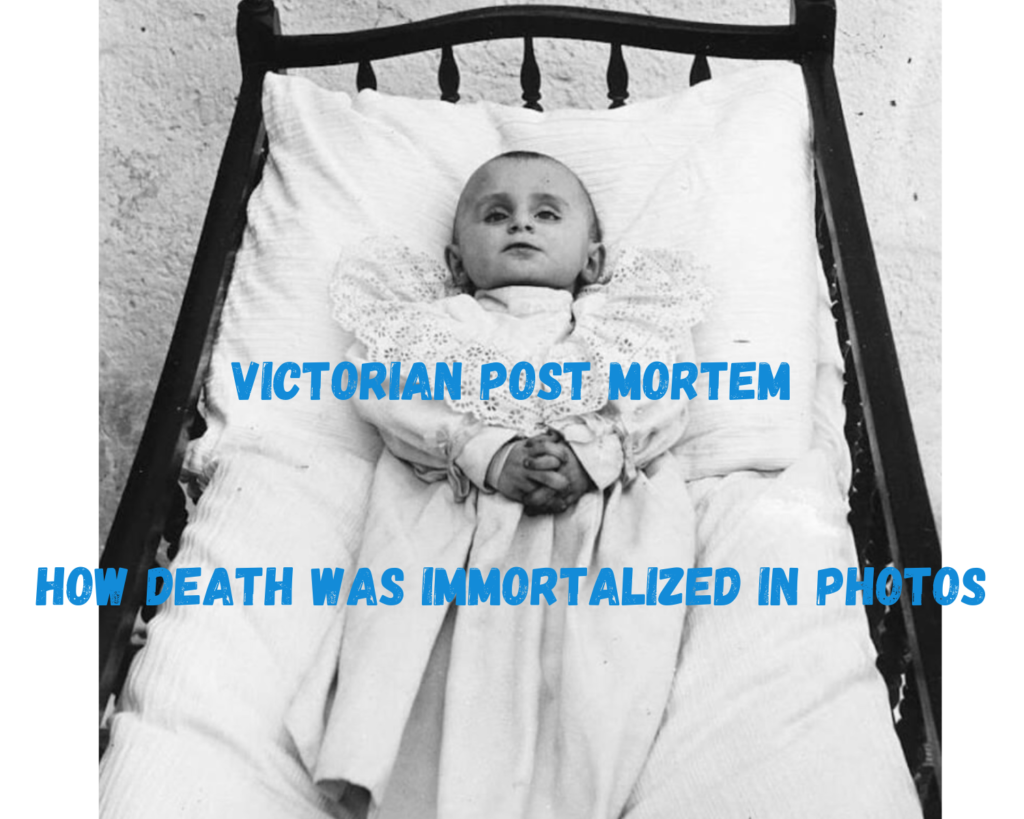
Victorian Post Mortem Photography – A Heartfelt Farewell
When I first came across Victorian post mortem photography, I was struck by how different our approach to death was back then. What might seem unsettling or even macabre to us today was, for families of the Victorian era, a deeply heartfelt way to honor their loved ones. These photographs, taken after someone had passed, weren’t just about remembering the dead—they were about preserving their memory in the most tangible way possible.
During the Victorian era, mortality rates were high, especially among children. Many families didn’t have the chance to take photos of their loved ones while they were still alive, making post mortem photography a common practice. These images captured not just the face of death but the deep emotions tied to loss and grief. Families would often pose their deceased relatives as though they were still alive, creating one last memory of how they wanted to remember them.
This article will explore how this practice came to be, the cultural significance behind it, and the ways Victorians turned death into something both beautiful and haunting. It’s fascinating to think of this alongside other unique ways history remembers loss, such as historical funeral practices examined in the piece on the J.H. Churchill Funeral Home and how death was honored through time in A Historical Perspective on Funerals.

What Is Post Mortem in the Victorian Age?
During the Victorian era, post mortem photography wasn’t seen as strange or unsettling—it was a significant part of the mourning process. Photography was still a relatively new technology, and for many families, these portraits were the only image they would ever have of their loved ones. Mortality rates were high, and disease claimed lives quickly, often before a family had the chance to capture a photo while the person was still alive. This was especially true for children, whose lives were often cut short by illness.
The practice involved posing the deceased as though they were still alive—sometimes with their eyes open, often dressed in their finest clothes, and placed in comforting settings like their favorite chair or surrounded by family. These photos weren’t just about the dead; they were about the family’s final chance to remember them in a peaceful and dignified way.
To us today, it may seem unusual, but for Victorians, it was one of the few ways to preserve a tangible memory. These photos were displayed proudly in homes, placed in family albums, and kept as cherished mementos of those who had passed. It’s similar to how historical artifacts, like the Roman skull found on a spike that was recently uncovered, offer a glimpse into past practices related to death and remembrance, as seen in Unearthing the Past in this detailed exploration of Roman traditions.
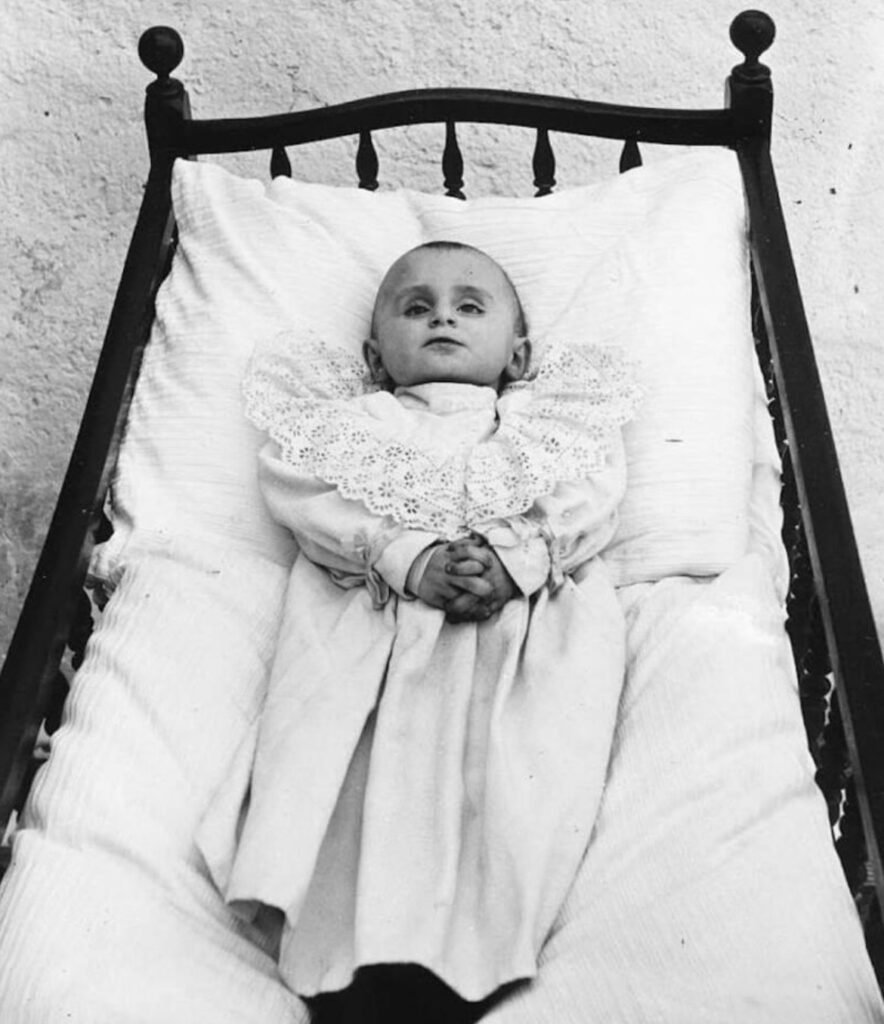
What Is Post Mortem in the Victorian Age?
During the Victorian era, post mortem photography wasn’t seen as strange or unsettling—it was a significant part of the mourning process. Photography was still a relatively new technology, and for many families, these portraits were the only image they would ever have of their loved ones. Mortality rates were high, and disease claimed lives quickly, often before a family had the chance to capture a photo while the person was still alive. This was especially true for children, whose lives were often cut short by illness.
The practice involved posing the deceased as though they were still alive—sometimes with their eyes open, often dressed in their finest clothes, and placed in comforting settings like their favorite chair or surrounded by family. These photos weren’t just about the dead; they were about the family’s final chance to remember them in a peaceful and dignified way.
To us today, it may seem unusual, but for Victorians, it was one of the few ways to preserve a tangible memory. These photos were displayed proudly in homes, placed in family albums, and kept as cherished mementos of those who had passed. It’s similar to how historical artifacts, like the Roman skull found on a spike that was recently uncovered, offer a glimpse into past practices related to death and remembrance, as seen in Unearthing the Past: The Roman Skull on a Spike.
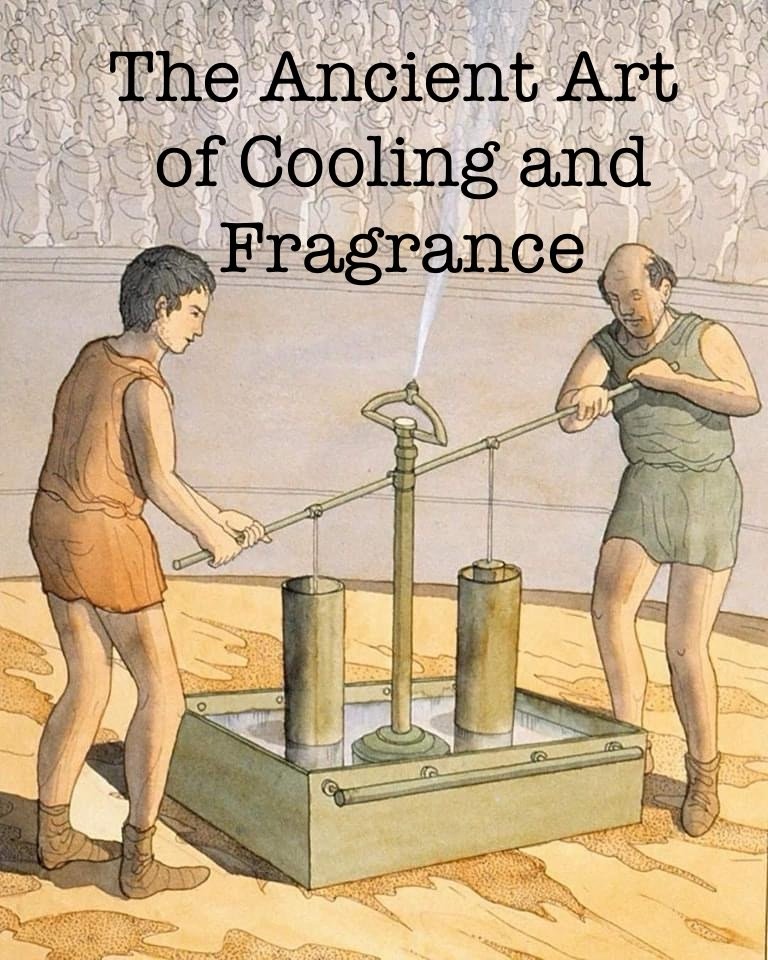
How Was Death Treated in the Victorian Era?
Death in the Victorian era was not shunned or hidden from public view as it often is today. Instead, it was an accepted and deeply integrated part of daily life. With the high mortality rates, especially due to rampant diseases, Victorians developed elaborate mourning rituals that shaped how they remembered their loved ones and processed grief.
Mourning Rituals and Customs
One of the most notable aspects of Victorian mourning culture was the formal mourning period, which could last for months or even years, depending on the closeness of the relationship. Families would wear black clothing, cover mirrors, and even limit social engagements to show their respect for the deceased. These customs were especially prominent among the upper classes, where appearances and social etiquette were of utmost importance. Queen Victoria herself wore black for 40 years after the death of Prince Albert, which influenced the way mourning was handled in society.
Death as a Social Event
Funerals were often public events, attended by large numbers of people, and were seen as a final chance to honor the deceased. Elaborate funerals, complete with ornate coffins and carriages, were common among those who could afford it. Mourning wasn’t just about remembering the dead—it was also about showing the depth of loss and grief to the community. It’s similar to how certain historical funeral practices, like those explored in J.H. Churchill Funeral Home: A Historical Perspective, reflect the importance of mourning as a public, communal experience.
The Role of Photography
Amid these customs, post mortem photography became a significant part of the grieving process. It was a way to immortalize the dead, especially those who had passed suddenly or young, and gave families a lasting image to remember them by. These photos, like the elaborate funerals, were an extension of Victorian culture’s deep respect for the rituals surrounding death.

What Were the Biggest Killers in the Victorian Era?
The Victorian era was marked by high mortality rates, with many lives cut short by diseases that spread rapidly through cities and towns. While the average life expectancy was shockingly low compared to today, it was the frequent loss of children and young adults that made practices like post mortem photography so common. Many parents lost their children to illness before they had a chance to capture a photo of them while they were alive.
Common Diseases and Epidemics
Some of the biggest killers of the time included:
- Tuberculosis (TB): Often called “consumption,” TB was the leading cause of death throughout the 19th century. This respiratory illness spread easily, taking the lives of both children and adults.
- Cholera: Spread through contaminated water, cholera claimed thousands of lives during periodic outbreaks, particularly in overcrowded cities with poor sanitation.
- Smallpox: This highly contagious viral disease was responsible for numerous deaths before the introduction of widespread vaccination.
- Scarlet Fever: While less deadly today due to modern medicine, scarlet fever was a major threat during the Victorian era, especially for children.
- Influenza and Measles: Common viral infections that were often fatal, particularly for infants and the elderly.
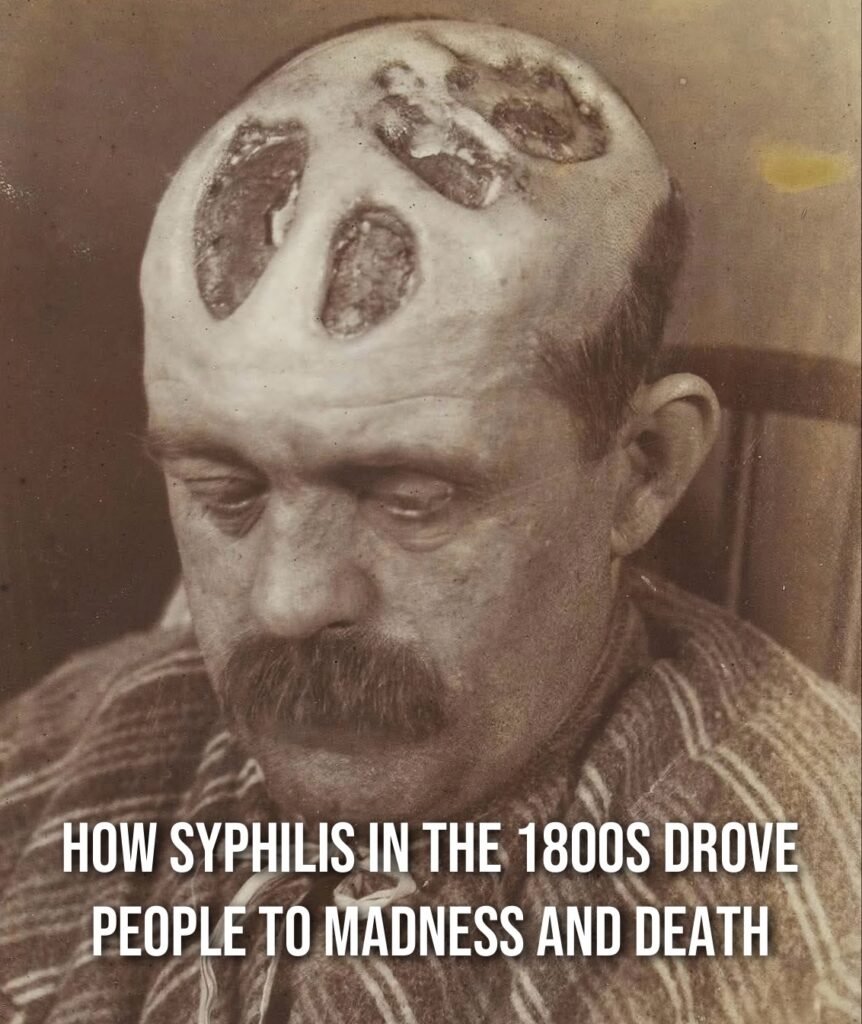
With these diseases striking down so many, especially in their prime or early years, families turned to post mortem photography as a way to preserve the memory of those they lost. Many times, a post mortem portrait was the only image a family had of their child, which made the practice not just a macabre curiosity, but a deeply emotional keepsake.
Victorian families faced the harsh realities of death on a regular basis, much like those who navigated dangerous lives in later historical periods. Stories like the Birger Gang in Southern Illinois remind us of the constant struggle between life and death in history, but in a very different context.

The Process of Victorian Post Mortem Photography
Creating Victorian post mortem photographs was a delicate and often painstaking process. Photographers had the difficult task of making the deceased appear as lifelike as possible, which required great skill and careful preparation. The goal wasn’t to focus on death but to provide a final, dignified image of a loved one that could be cherished by the family for years to come.
Posing the Deceased
In many post mortem photos, the deceased were posed to appear as though they were still alive, sitting upright in a chair, lying in bed, or sometimes surrounded by family members. Children were often posed with their favorite toys, while adults might be dressed in their finest clothes. Photographers would sometimes use props to support the bodies in more natural positions.
One technique involved using closed eyes, making the deceased appear as though they were peacefully asleep. In some instances, however, eyes were painted onto the closed eyelids or even retouched onto the photograph to create a more lifelike appearance. The goal was always to capture a peaceful and respectful image, so the deceased would be remembered in a positive light.
The Challenges of Early Photography
The process of taking a photograph in the Victorian era wasn’t as simple as it is today. Photographers had to work with slow shutter speeds, which could make the process of posing the body even more difficult. Families often had to wait for hours while the photographer set up the equipment and adjusted the lighting to create the right atmosphere for the portrait.
In some ways, this mirrors how other historical figures were preserved or honored after death. For instance, just as the Birger Gang left a legacy that has been immortalized through tales of crime and survival in the 1920s, detailed in The Birger Gang: Southern Illinois Bootleggers, the art of post mortem photography ensured that individuals were remembered with respect, even long after they had passed.
Adding Personal Touches
In addition to posing, photographers and families often included personal touches to make the image more sentimental. Flowers, blankets, or religious symbols were frequently incorporated into the photo to reflect the family’s beliefs or highlight the deceased’s personality. These additional elements helped turn the image into a lasting tribute.

Why Victorian Post Mortem Photography Was Seen as Heartwarming
To us today, the idea of photographing someone after death may seem unsettling or even macabre, but during the Victorian era, post mortem photography was viewed in a very different light. For grieving families, these images were not just photographs of the deceased, but deeply cherished mementos—a final, tangible connection to their loved ones. The practice was often seen as a heartwarming tribute, allowing families to preserve the memory of the person as they appeared in life.
A Final Memory for Families
Victorians had a different relationship with death than we do today. Mortality rates were high, especially among children, and many families didn’t have the chance to take a photograph of their loved one while they were alive. For these families, post mortem photography offered them a way to capture a lasting image of the person, allowing them to hold onto a visual memory that might otherwise be lost forever.
For parents who lost children, especially, these photographs were one of the few ways they could grieve and remember. The child might be posed as though they were sleeping, dressed in their finest clothes, or surrounded by toys. These photos were not about showcasing death—they were about remembering life and the person who had been loved and lost. Similar emotional ties are often reflected in other historical commemorations, such as the reverence for the sacrifices made during wartime, like those highlighted in The Boats of WWII: A Tribute to Bravery and Sacrifice.
Preserving Dignity in Death
The photographers of the time went to great lengths to ensure the deceased appeared peaceful and dignified. Families often displayed these photos in their homes, framed and placed alongside pictures of living relatives. Rather than being hidden away, they were honored as part of the family’s legacy. This was part of the broader Victorian fascination with death and mourning rituals, where preserving the dignity of the deceased was a significant cultural practice.
A Way to Grieve Publicly
In a time when death was so frequent, public mourning was an important way for Victorians to process grief. Elaborate funerals and extended mourning periods were ways to show the community the depth of loss, and post mortem photographs were a natural extension of that process. These images allowed families to keep a visible reminder of their loved ones close by, sharing in the grieving process with those around them.
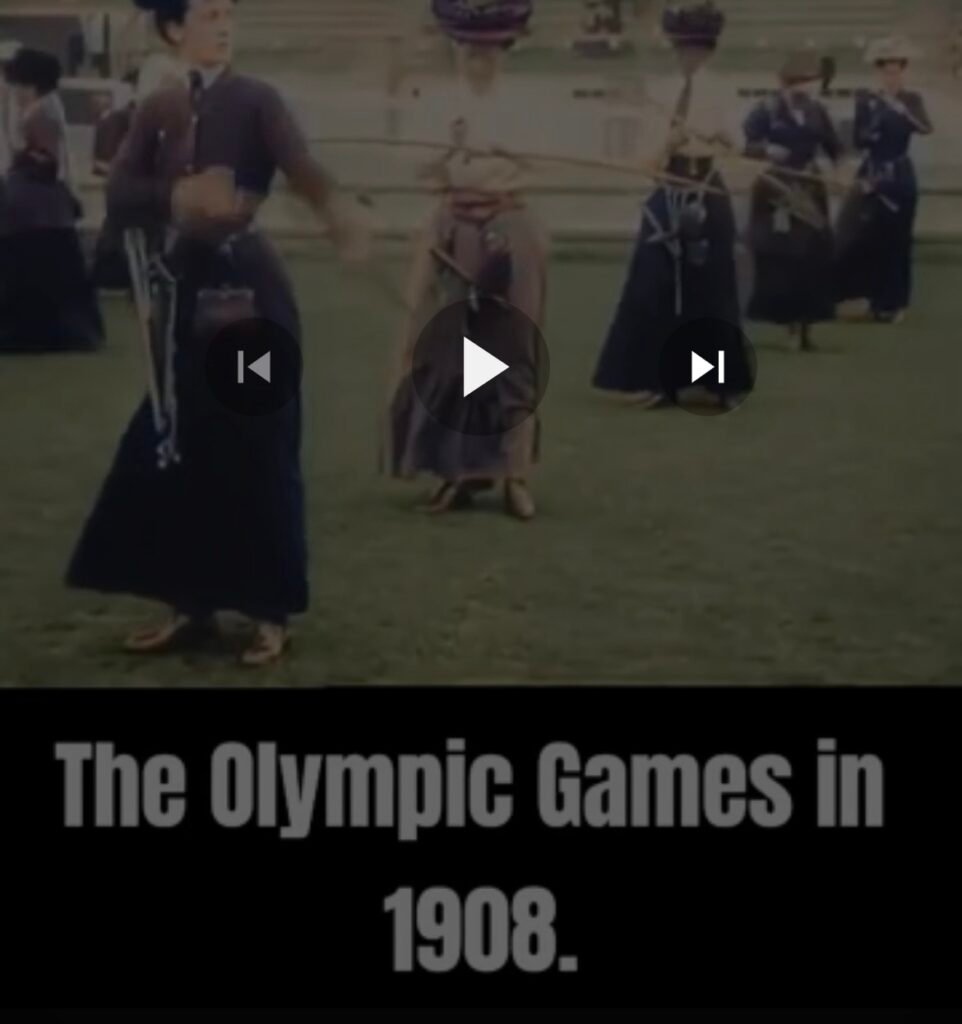
The Legacy of Victorian Post Mortem Photography
Though Victorian post mortem photography may seem like a strange practice now, it played an important role in how people dealt with grief during the 19th century. As health care improved and mortality rates declined, particularly among children, the need for post mortem photographs dwindled, and the practice began to fade. However, the legacy of these photos lives on, continuing to intrigue us with their haunting beauty and historical significance.
Fading Practice with Advancements in Health and Technology
As medical advancements reduced the number of early deaths and photography became more accessible, families were able to take pictures of their loved ones while they were still alive. The rise of snapshot photography in the early 20th century allowed for more casual, everyday photos, meaning that post mortem photography was no longer the only way to capture a loved one’s image. These technological advancements, combined with changing attitudes toward death, led to the gradual decline of post mortem photography.
While the practice faded, these historical images remain a poignant reminder of the Victorian era’s unique approach to death and mourning. Much like the relics of other historical periods—such as the artifacts tied to infamous outlaws like Jesse James, whose life in Joplin is captured in Jesse James in Joplin: A Tale of Outlaws and Unlikely Camaraderie—post mortem photos give us a glimpse into the past and the customs that shaped people’s lives and deaths.
Post Mortem Photography as Macabre Art
Today, many of these photographs are collected as pieces of macabre art or historical documentation. While the original intent behind them was deeply personal and heartfelt, they are now often seen as eerie yet fascinating relics of a different time. Post mortem photography collections can be found in museums and online, where they are studied for their cultural and historical significance.
These photos also spark conversations about how different societies handle death and mourning. In some ways, post mortem photography allows us to reflect on our own changing attitudes toward death and how modern technology has transformed the ways we remember those who have passed.
Modern Fascination with Victorian Mourning Practices
There is still a strong cultural fascination with Victorian mourning practices, from post mortem photography to elaborate funerals and mourning customs. These rituals, though outdated by today’s standards, reveal how people of the past dealt with loss in deeply emotional and public ways. This curiosity about the past is similar to the enduring interest in historical events and figures, much like the stories of old bootleggers and gangs in The Birger Gang: Southern Illinois Bootleggers.
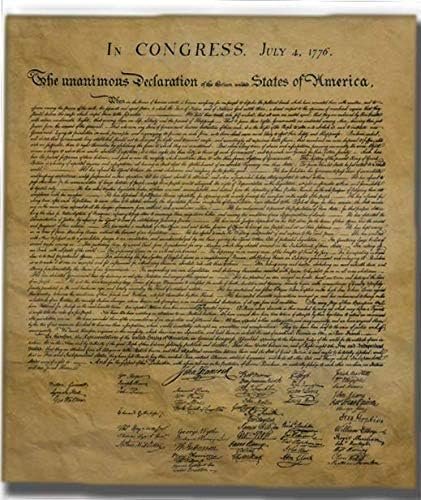
Victorian Post Mortem Photography—A Window into the Past
Victorian post mortem photography stands as a haunting yet heartfelt tribute to a time when death was an intimate part of everyday life. For many families during the Victorian era, these photographs were more than just macabre relics—they were cherished memories of loved ones taken too soon. At a time when high mortality rates, especially among children, were the norm, post mortem photography provided a way for people to grieve, remember, and honor those they had lost.
Through these images, we get a glimpse of a world where mourning was not something hidden away but displayed with pride and emotion. These photographs allowed families to capture one last moment with their loved ones, often posing them as if they were still alive—reminding us that death was not the end of love, but a final opportunity to preserve it.
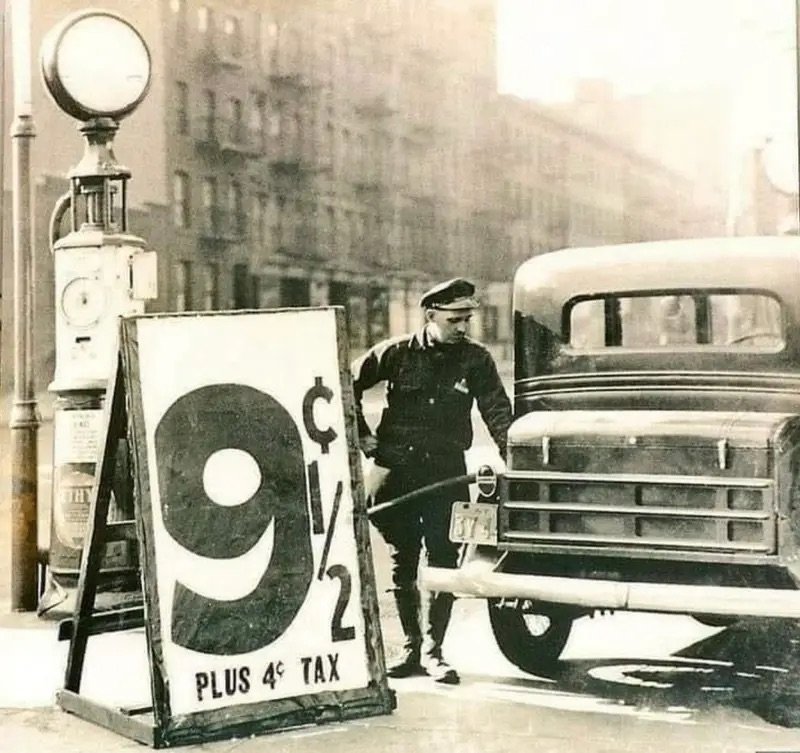
Today, the legacy of Victorian post mortem photography remains a source of intrigue. While our attitudes toward death and mourning have shifted, these photographs offer a fascinating look at the customs of the past. Just as we find interest in stories of historical figures and events, like the lives of Jesse James or the Birger Gang, detailed in Jesse James in Joplin: A Tale of Outlaws and Unlikely Camaraderie and The Birger Gang: Southern Illinois Bootleggers, post mortem photography gives us insight into how people of the past coped with loss and death in a way that is both deeply human and historically significant.
As we reflect on these images and the mourning practices of the Victorian era, it’s clear that they offer more than just a morbid fascination—they serve as a reminder of how we once honored life and death, with tenderness and dignity.

As an Amazon Associate we earn from qualifying purchases through some links in our articles.



